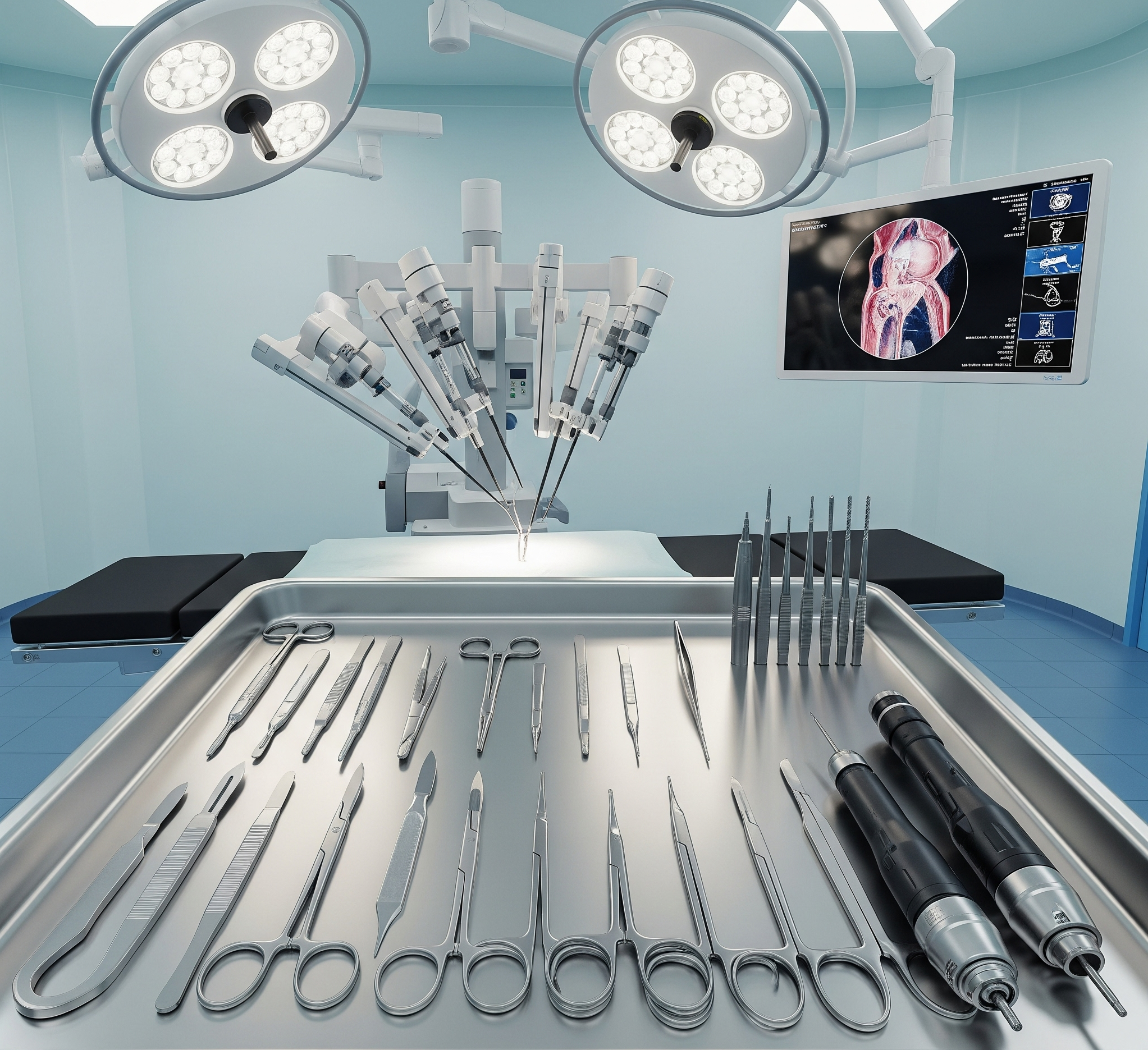Introduction
Surgery is one of the most important aspects of modern healthcare. Whether it’s a life-saving heart operation, a joint replacement, or a cosmetic procedure, success depends not only on the surgeon’s skill but also on the quality of the instruments being used. These tools, known as surgical technology instruments, are designed to provide accuracy, control, and safety during procedures.
From simple scalpels to robotic-assisted devices, surgical technology instruments have evolved significantly. This article explores their categories, functions, role in medical education, and future innovations, offering a comprehensive guide for students, professionals, and healthcare providers.
What Are Surgical Technology Instruments?
Surgical technology instruments are specialized medical tools used to perform surgeries. They can be hand-held, powered, or robotic, depending on their design and function. Each instrument is developed for a specific purpose—cutting, holding, clamping, suturing, or visualizing.
These instruments are not only essential for surgical success but also for maintaining patient safety and reducing risks during operations.
Importance of Surgical Technology Instruments
The significance of these instruments cannot be overstated:
- Precision: They help surgeons perform complex tasks with minimal error.
- Efficiency: Reduce operating times and improve outcomes.
- Patient Safety: Lower risks of infections and complications.
- Medical Training: Essential for student learning and practical exams.
- Innovation: Advancements lead to new surgical techniques and faster recovery.
Categories of Surgical Technology Instruments
Surgical technology instruments can be classified into functional categories.
1. Cutting and Dissecting Instruments
- Scalpels: Small knives for precise incisions.
- Surgical Scissors: Used for cutting tissues or sutures.
- Bone Saws: For orthopedic procedures.
2. Grasping and Holding Instruments
- Tissue Forceps: Hold tissues during surgery.
- Needle Holders: Secure needles while suturing.
- Towel Clamps: Keep surgical drapes in place.
3. Clamping and Occluding Instruments
- Hemostats: Control bleeding by clamping vessels.
- Artery Forceps: For vascular surgeries.
- Bulldog Clamps: Apply pressure to arteries and veins.
4. Retracting and Exposing Instruments
- Retractors: Pull back tissues to provide access.
- Hooks: Used in delicate surgeries.
- Speculums: For gynecology and ENT.
5. Suction and Aspirating Instruments
- Yankauer Suction Tip: Removes fluids from surgical sites.
- Frazier Suction: Common in neurosurgery.
- Catheters: For fluid drainage.
6. Probing and Dilating Instruments
- Probes: Explore wounds and cavities.
- Dilators: Gradually expand an opening.
- Sounds: Used in urology and gynecology.
7. Suturing and Stapling Instruments
- Needle Holders: For handling sutures.
- Surgical Staplers: Provide quick wound closure.
- Ligature Carriers: Deliver sutures into deep tissues.
8. Powered and Advanced Instruments
- Orthopedic Drills: For bone surgeries.
- Dermatomes: Harvest skin grafts.
- Endoscopic Tools: Used in minimally invasive surgeries.
- Robotic Surgical Systems: Provide enhanced accuracy.
Surgical Technology Instruments by Specialty
Different fields of medicine require specialized instruments:
- General Surgery: Scalpels, scissors, forceps, retractors.
- Orthopedics: Drills, saws, fixation devices.
- Neurosurgery: Fine retractors, micro-scissors, suction tips.
- Gynecology: Speculums, dilators, curettes.
- Plastic Surgery: Dermatomes, fine forceps, cosmetic scissors.
- Cardiovascular Surgery: Vascular clamps, grafting instruments.
Role in Medical Education
Surgical instruments are a core part of medical training. Students learn to identify, handle, and sterilize instruments before real surgeries. Education includes:
- Textbooks with pictures and diagrams
- Simulation labs with models
- Practical identification exams
- Online 3D and AR-based training tools
Pictures and models of surgical technology instruments improve memory retention and prepare students for clinical practice.
Maintenance and Sterilization
Proper care ensures the longevity and safety of instruments:
- Autoclaving: Steam under pressure.
- Ultrasonic Cleaning: Removes micro-debris.
- Chemical Sterilization: For delicate instruments.
- Routine Checks: Ensures instruments remain sharp and functional.
Modern Innovations in Surgical Technology Instruments
Technology continues to transform surgery:
- Minimally Invasive Tools: Smaller incisions, faster recovery.
- Endoscopic Devices: Cameras with light sources for internal visualization.
- Powered Instruments: Reduce surgeon fatigue and improve speed.
- Robotics: Precision beyond human limits.
- Disposable Instruments: Ensure sterility and prevent cross-contamination.
Challenges
Despite their benefits, challenges include:
- High Costs: Advanced instruments are expensive.
- Maintenance: Requires specialized care.
- Training: Surgeons must adapt to new tools.
- Accessibility: Developing countries face shortages.
Future of Surgical Technology Instruments
The future holds exciting possibilities:
- AI-assisted instruments for decision support.
- Smart sensors for real-time data during surgery.
- Nano-tools for microscopic operations.
- Fully robotic systems making surgeries safer and faster.
Conclusion
Surgical technology instruments are the backbone of modern surgery. From traditional scalpels to advanced robotic tools, they empower surgeons to save lives and improve patient outcomes. Their role extends beyond the operating room into medical education, safety, and innovation.
At Professional Enterprises, we provide top-quality surgical and dental instruments made from premium German stainless steel. Our instruments are built for durability, reliability, and precision, supporting healthcare professionals around the globe.

